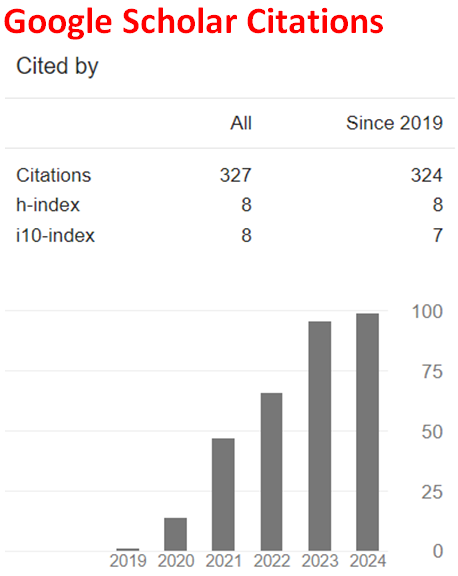Stachytarpheta indica Leaf Extract: Oral Acute Toxicity, In vitro Phytochemical and Antimicrobial Potentials
Abstract
This study was designed to ascertain the safety profile as well as explore new antimicrobial agents from the methanol leaf extract of Stachytarpheta indica. The methanol extract was prepared and screened for its phytochemical composition, oral acute toxicity profile as well as challenged with common pathogenic microorganisms for its antimicrobial activities using standard procedures. The phytochemical analysis revealed the presence of various pharmaceutically active secondary metabolites like alkaloids, saponins, carbohydrate, cardiac glycosides, terpenoid, tannin, anthraquinones, phenolics and flavonoid. P. aeruginosa and S. aureus showed the best and least antibacterial activity respectively. The extract exhibited antifungal activity in a dose dependent manner with the inhibition more pronounced with A. niger than with C. albicans. The standard drugs ciprofloxacin and fluconazole exhibited a near 100% activity. There was no mortality at 8 g/kg p.o. after 24 hours and no sign of delayed toxicity or mortality after 14 days of observation. There were no statistically significant differences (p > 0.05) observed in the examined organs as well as body weights in both 24 h and 14 d study. This research holds promise for the exploration of various potentially active secondary metabolites which would help in developing pharmaceuticals especially antimicrobial drugs as well as recommend the short-term oral administration of the extract up to a dose of 8 g/kg body weight.
Downloads

This work is licensed under a Creative Commons Attribution 4.0 International License.


